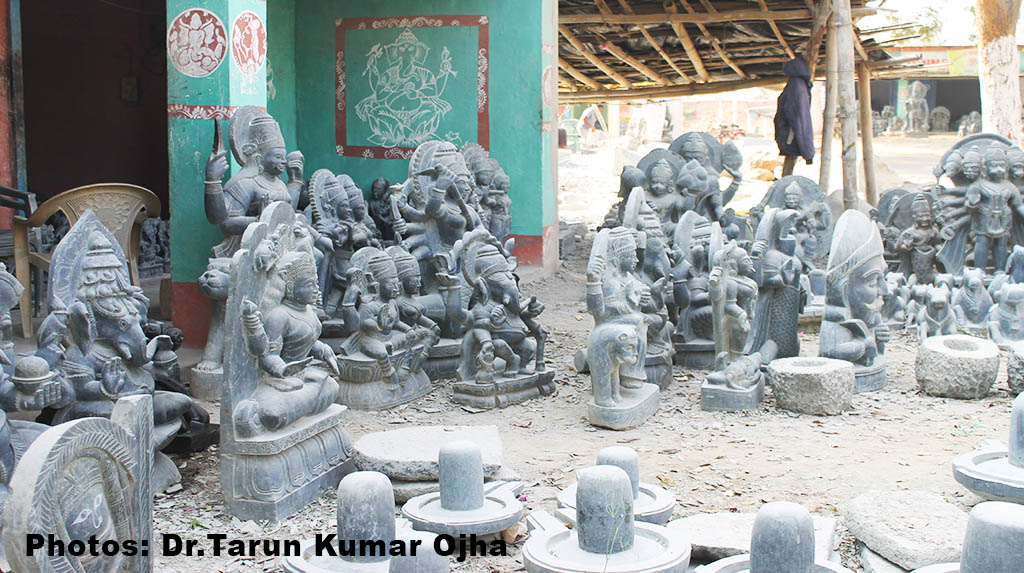Shyamhari Chakra
Bhubaneswar: It has been a long wait for the famed stone-sculptors of Kesana village in Odisha’s Mayurbhanja district to get due recognition as an artists’ village from the government that they had received during the royal rule of the erstwhile Bhanja dynasty.
The villagers have carved a niche for themselves in the art of stone-carving – a legacy that they have kept alive for more than 1200 years – despite lack of the required patronage.
Barely three kilometres far from the famous Kichakeswari temple at Khiching – a popular place for pilgrims and tourists that receives huge footfall round the year – Kesana village continues to remain unnoticed by majority of the visitors owing to lack of due publicity.
Ironically, the 1100-years-old and 100-feet tall majestic and elegant temple was crafted by the people of this village.
“More than 1200 years ago, Khiching was the capital of the Bhanja dynasty that ruled over Mayurbhanja and Keonjhar districts of today. They had built the temple for Maa Kichakeswari, the most revered deity of their dynasty, apart from two forts nearby. However, the royal rulers were compelled to shift their capital after Delhi’s Sultan Phiroz Shan Tughlak invaded the town and destroyed its temple, palace and forts.
The deserted site was traced during the British Rule during the early decades of 20th century following which Pratap Chandra Bhanja Deo, the-then king of Mayurbhanja state, rebuilt it in 1934,” narrated Dr. Tarun Kumar Ojha, principal of Baripada College and a key member of the Mayurbhanja Chapter of INTACH who did research on the heritage sites of Bhanja dynasty for his forthcoming book.
The sculptors of Kesana, known for their expertise in complex carving of black granite stones, were engaged in the construction of the Kichakeswari temple and its restoration.
However, upon transfer of power from the royal rule to the government in independent India, the famed sculptors of Kesana were left at the mercy of the government agencies. Though the government formed a cooperative society way back in 1950, it has hardly made any encouraging impact on the art and livelihood of the villagers who are left to fend for themselves.
Lack of patronage notwithstanding, the villagers, committed to the legacy of their famed forefathers, are passionately crafting sculptures of various gods and goddesses apart from statues of eminent personalities, utensils and home decors – all out of black granite stones that win hearts of their customers and art connoisseurs.

“We take pride in our profession though it does not fetch us enough monetary gain. We carry it forward despite all the constraints as stone-carving has given us an identity over several hundreds of years. We have just one wish that the government would declare our village as an artists’ village; so that our work would draw better attention and due recognition” – unanimous was this sentiment shared by a number of villagers at Kesana.




